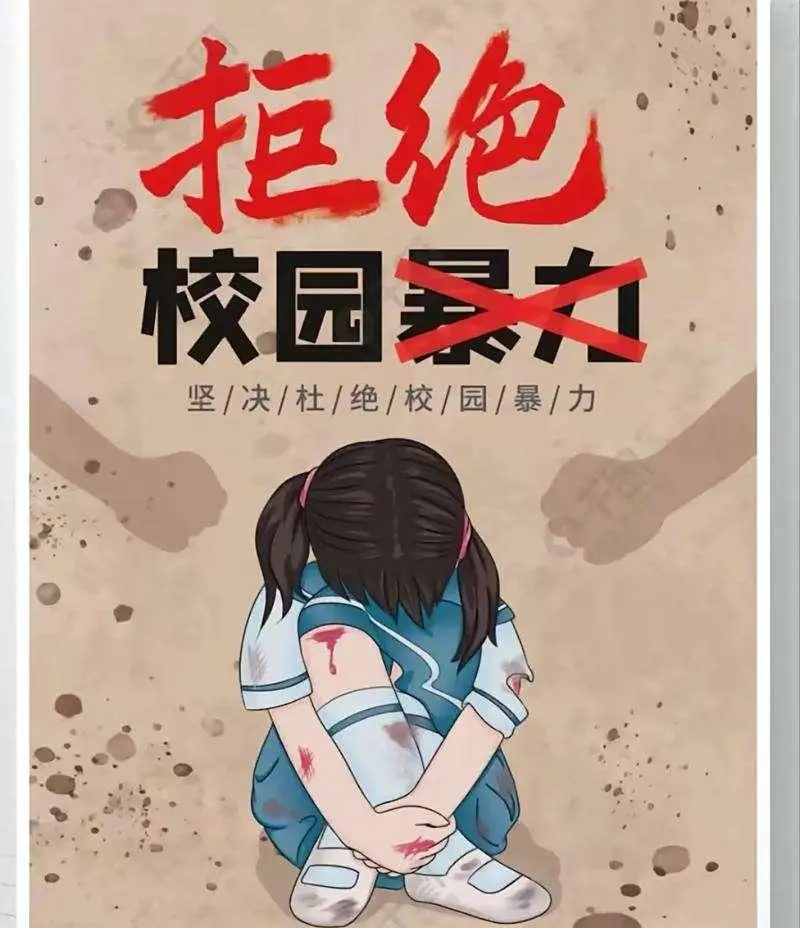Being a Minor Isn’t a Free Pass! Can Correctional Education Truly Fix Violence?
The Jiangyou bullying incident reveals deep flaws in China’s juvenile violence governance, urging urgent reform, empathy, and collective action to protect youth.

Introduction: A Wake-up Call from Jiangyou
Juvenile violence is more than just individual misbehavior; it's a mirror reflecting societal ailments. The recent Jiangyou bullying incident, where a 14-year-old was violently assaulted by peers who appeared to flaunt previous encounters with law enforcement, has sparked widespread outrage and exposed grave challenges in juvenile crime governance across China.

Systemic Failures Behind Juvenile Violence
Despite swift responses such as police intervention, disciplinary actions, and sending some perpetrators to specialized schools, these measures serve as bandaids rather than cures. The incident highlights a systemic issue: a perception among offenders that the cost of wrongdoing is minimal. This low-risk-high-reward mindset propels continued violence.
The victim’s socioeconomic vulnerabilities further complicate the situation, underlining inequalities that contribute to juvenile delinquency. The problem is multifaceted, from social to educational to legal domains, requiring comprehensive solutions.

Why Punishment Alone Isn’t Enough
China’s juvenile justice system currently leans too heavily on punishment instead of rehabilitation. Without holistic support, young offenders often cycle back into harmful behaviors. The lack of empathy and widespread bystander indifference—exacerbated by online voyeurism—reflects a deeper cultural challenge around collective responsibility.
Addressing juvenile violence demands more than policing; it requires nurturing, education, and social accountability at every community level.
The Road to Effective Juvenile Governance
A successful approach must be multi-pronged. Legal reforms are needed to tailor consequences and support mechanisms specifically for youth offenders. Specialized educational institutions require enhancement to focus on psychological well-being and life skills, not just discipline. Empowering parents with accountability and promoting stronger school-based anti-bullying policies can curb violence early.
Moreover, society must embrace a culture of empathy, encouraging individuals to act against injustice rather than stand idle. Only then can the tide of juvenile violence be stemmed.
Conclusion: Building a Just Future
The Jiangyou case is a heartbreaking but illuminating example that we cannot ignore. Ensuring all children comprehend the consequences of violence is vital to shaping a safer, fairer society. By combining legal reform, education improvements, and a societal shift towards responsibility, China can pave the way for healthier juvenile governance and protect vulnerable youth from harm.
Let this incident inspire action, not despair. Together, we can foster change – starting today. 🚀




